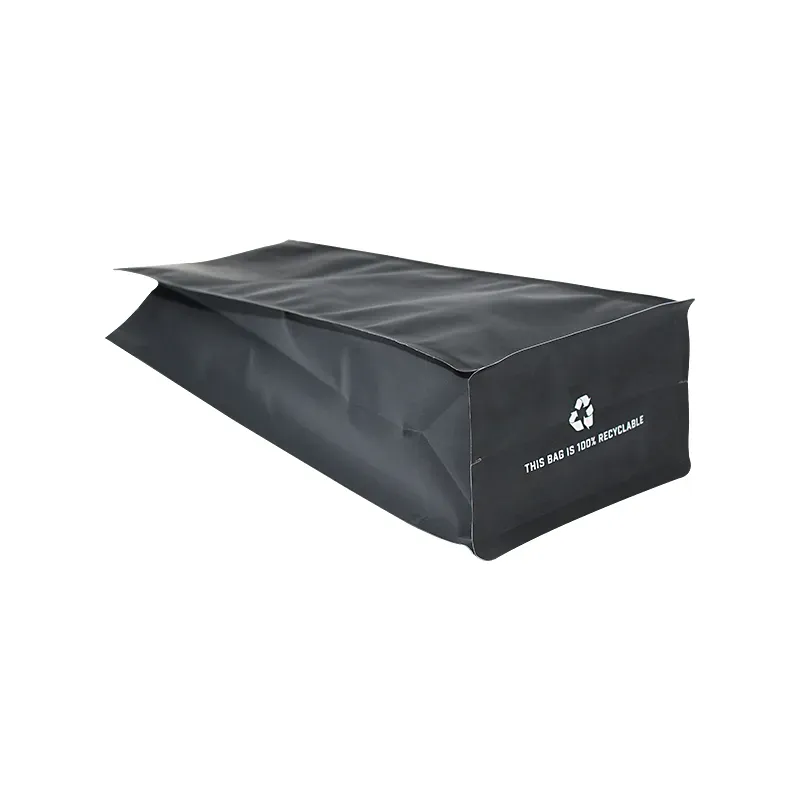- Afrikaans
- Albanian
- Amharic
- Arabic
- Armenian
- Azerbaijani
- Basque
- Belarusian
- Bengali
- Bosnian
- Bulgarian
- Catalan
- Cebuano
- chinese_simplified
- chinese_traditional
- Corsican
- Croatian
- Czech
- Danish
- Dutch
- English
- Esperanto
- Estonian
- Finnish
- French
- Frisian
- Galician
- Georgian
- German
- Greek
- Gujarati
- haitian_creole
- hausa
- hawaiian
- Hebrew
- Hindi
- Miao
- Hungarian
- Icelandic
- igbo
- Indonesian
- irish
- Italian
- Japanese
- Javanese
- Kannada
- kazakh
- Khmer
- Rwandese
- Korean
- Kurdish
- Kyrgyz
- Lao
- Latin
- Latvian
- Lithuanian
- Luxembourgish
- Macedonian
- Malgashi
- Malay
- Malayalam
- Maltese
- Maori
- Marathi
- Mongolian
- Myanmar
- Nepali
- Norwegian
- Norwegian
- Occitan
- Pashto
- Persian
- Polish
- Portuguese
- Punjabi
- Romanian
- Russian
- Samoan
- scottish-gaelic
- Serbian
- Sesotho
- Shona
- Sindhi
- Sinhala
- Slovak
- Slovenian
- Somali
- Spanish
- Sundanese
- Swahili
- Swedish
- Tagalog
- Tajik
- Tamil
- Tatar
- Telugu
- Thai
- Turkish
- Turkmen
- Ukrainian
- Urdu
- Uighur
- Uzbek
- Vietnamese
- Welsh
- Bantu
- Yiddish
- Yoruba
- Zulu
Guide to Choosing the Right Thickness for Cardboard Materials and Applications
Understanding Cardboard Thickness A Comprehensive Guide
Cardboard is an integral part of many industries, from packaging and shipping to crafts and construction. One aspect of this versatile material that often goes overlooked is its thickness, which can significantly impact its performance and suitability for various applications. This article aims to provide a comprehensive guide on cardboard thickness, helping you make informed choices whether you are a business owner, a crafter, or simply curious about this ubiquitous material.
What is Cardboard Thickness?
Cardboard thickness refers to the measurement of the cardboard’s depth, typically expressed in millimeters or inches. Thickness can range from very thin sheets used in lightweight packaging to thicker boards employed in structural applications. The thickness of cardboard significantly influences its strength, durability, and overall performance.
Types of Cardboard
Cardboard, often used as a colloquial term, actually encompasses a variety of materials, each with its own thickness range and characteristics
1. Single-wall cardboard This is the most commonly used type, consisting of a single layer of fluted paper sandwiched between two flat liners. The thickness usually ranges from 3mm to 6mm. It's ideal for lightweight parcels and retail packaging.
2. Double-wall cardboard Comprising two layers of fluted paper and three liners, this type is thicker and more robust, generally ranging from 6mm to 10mm. It is perfect for shipping heavier items and provides added cushioning.
3. Triple-wall cardboard As the name suggests, this cardboard type consists of three layers of fluted paper and four liners. It can exceed 10mm in thickness and is meant for maximum durability and strength, suitable for heavy-weight shipping or structural applications.
4. Microwaveable cardboard This category includes specially treated cardboard that can withstand moisture and heat, commonly used for food packaging. Its thickness can vary but is often similar to single-wall cardboard.
5. Recycled cardboard Made from reclaimed paper products, recycled cardboard can also vary in thickness but often maintains the same characteristics as virgin cardboard.
cardboard thickness guide

Choosing the Right Thickness
Selecting the appropriate thickness is crucial based on the specific needs of your project or business. Here are some factors to consider
1. Weight of contents Heavier items require thicker cardboard for adequate support and protection. Always overestimate the weight to ensure your packaging can handle unexpected loads.
2. Shipping distance Longer shipping distances may expose items to rough handling and varying environmental conditions. Opt for thicker cardboard for long-distance shipments to reduce the risk of damage.
3. Nature of items Fragile items, such as glass or electronics, benefit from additional cushioning, which can be provided by thicker cardboard or double-wall constructions.
4. Environmental factors If you're shipping items in moist or humid environments, choose thicker and possibly treated cardboard that offers better resistance to moisture.
5. Cost considerations While thicker cardboard may offer increased protection, it also tends to be more expensive. Balancing cost and protection is essential for businesses to maintain profitability while ensuring product safety.
Measuring Cardboard Thickness
For those new to working with cardboard, measuring its thickness accurately is crucial. Use a caliper or a ruler to get a precise measurement. Additionally, always check with your supplier for specifications, as different manufacturers may have slight variations in thickness recognition.
Conclusion
In conclusion, understanding cardboard thickness is essential for anyone involved in packaging, shipping, or crafting. By paying attention to the type and thickness of cardboard you choose, you can ensure that your products remain safe and intact throughout their journey. Whether it’s a small craft project or a large-scale shipping operation, knowledge of cardboard thickness equips you to make better decisions and optimize your processes. So next time you reach for a cardboard box, remember the significance of its thickness in achieving your desired outcomes.













